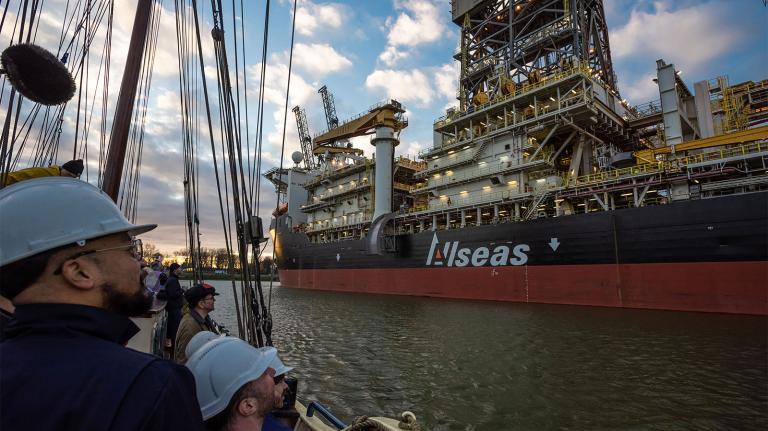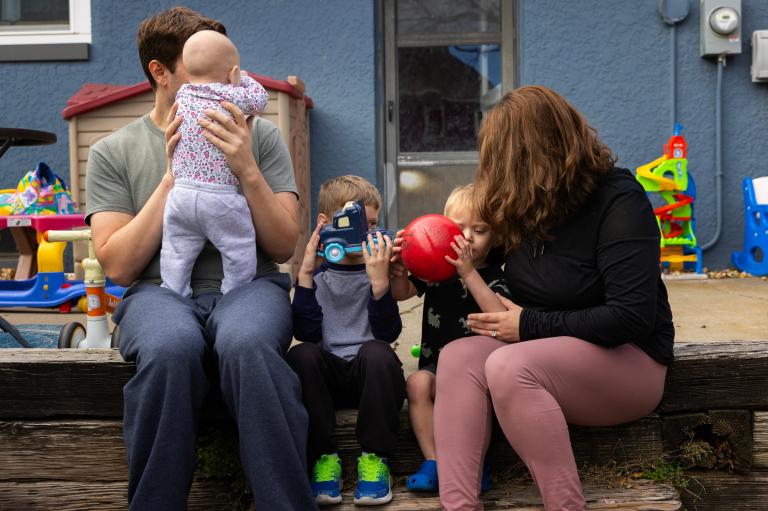It’s hard to make money selling home insurance in Florida. For one thing, the state is very vulnerable to hurricanes, and those hurricanes are getting stronger thanks to climate change. That means that insurance companies often have to pay out billions of dollars to rebuild homes after big storms. For another, a legal loophole has made the state a hotbed for fraudulent litigation over insurance claims, and companies lose even more money fighting those lawsuits. Furthermore, these companies have to buy their own insurance from multinational corporations called reinsurers — and reinsurers are charging a lot more money these days, due in part to the increasing severity of hurricane damage.
This difficult environment has made Florida one of the most expensive states in the country for property insurance, with prices about four times as high as the national average. Despite sky-high prices, however, most insurers still can’t turn a profit. The financial pain for the industry got a lot worse last year thanks to Hurricane Ian, which slammed into the city of Fort Myers as a Category 4 storm and caused at least $60 billion in insured losses — more than any U.S. disaster since Hurricane Katrina in 2005.
That’s been too much for some companies to bear. At least eight Florida carriers have gone bankrupt in the past two years. And just last week two major national insurers, AAA and Farmers, announced that they would trim their business in the state, pulling back from risky areas. The moves may jeopardize as many as 100,000 policies in the state. That’s around 2 percent of the entire state’s market.
“It is pretty rare to have this many insurers leaving a state at a similar time,” said Matthew Palazola, an insurance analyst at Bloomberg Intelligence who studies the Florida market. “Any of these companies leaving probably wouldn’t be hugely significant normally, but it’s more significant with the tide of leaving we’ve seen.”
These departures have forced more Floridians to buy insurance from a state-backed program called Citizens. The program is meant to be an “insurer of last resort” for people who can’t get coverage elsewhere, but it’s ballooned to record size this year as more private companies leave the state. By the end of the year it may have 1.7 million customers. In some areas like hurricane-prone Miami, more than two-thirds of homeowners depend on it.
Florida’s Republican leadership has tried to play down the recent departures as a blip, arguing that the industry is stable and that Citizens’ growth is temporary. The state’s chief financial officer, Jimmy Patronis, called Farmers “the Bud Light of insurance” in what appeared to be an attempt to suggest that its decision was politically motivated. Governor Ron DeSantis, meanwhile, insists that the market is on the mend thanks to recent reforms: Last year, the Florida legislature cracked down on fraudulent litigation and created a new fund to help companies buy reinsurance, which experts believe will stall further bankruptcies.
“It’s hopefully optimistic, but I think it still will take a long time,” said Palazola. “I haven’t heard any [insurers] say, ‘Oh, they put these reforms in place, that’s great, we’re all in.’ I’ve heard them say, ‘Let’s wait and see.’” Litigation has started to decline since last year’s reforms took effect, and if the trend continues some companies may come back to the market, but no one’s sure how well the new laws are working.
Even if Florida avoids a total market collapse, insurance prices are going to remain high, and that’s thanks in large part to climate change. Rapidly intensifying hurricanes like Ian are so large and so powerful that even healthy insurance companies have a hard time dealing with them, and many resort to fraud and deception rather than pay out all their claims. A Washington Post investigation found that several companies cut payments below required levels, leaving victims short on cash when they needed it most.
Even during quiet seasons, the mere threat of a hurricane will keep prices high. In preparation for hurricane season, insurance companies buy reinsurance policies that can help them survive the cost burden of big storms, and those policies are getting more expensive: In the months after Hurricane Ian, multinational reinsurers raised prices by as much as 50 percent.
Local companies in Florida are passing those costs onto their customers, who open their bills each year to find that their premiums are ticking higher. To make matters worse, many insurance policies aren’t sufficient to recover from storms. In Cape Coral, which bore the brunt of Hurricane Ian’s winds last year, many victims have found their insurance payouts are so small they can’t afford to rebuild their homes.
Homeowners won’t see much relief any time soon, according to Palazola.
“In a middle-of-the-road scenario where the reforms work and there’s an average hurricane season, I could see a scenario where prices don’t go up dramatically from here,” he told Grist. “You’ve got an extreme scenario where we have a giant hurricane this year, and the reforms don’t work, you have more large insurers leaving, and the price becomes untenable, to the point where the average person feels it.”
Something similar is happening in other states that are vulnerable to climate disaster. In Louisiana, which has seen at least four major storms in the last few years, several private companies have collapsed since 2021’s Hurricane Ida, forcing more customers onto the state-backed plan. And multiple national insurers have fled California in recent weeks rather than try to make a profit selling policies in the state’s wildfire-prone mountains. There, too, homeowners have rushed to buy coverage from a state-backed insurer of last resort. In both of these states, prices have soared as natural disasters continue to strike.
If Hurricane Ian sent a big price shock through an unstable market, another storm this summer could deliver an even bigger blow, pushing more insurers away and forcing more Floridians into the Citizens program. Industry leaders and top government officials insist that the state’s market could survive such an event without total collapse, but another storm would raise prices even further for millions of homeowners across the state. Not only would reinsurers push costs higher to account for the storm risk, but the state government would likely have to charge a tax assessment to keep Citizens afloat.
In other words, no matter how well the legislature clamps down on fraud, the mounting toll of climate change is going to make Florida a less affordable place to live. Even on a sunny day, the status quo is expensive.




